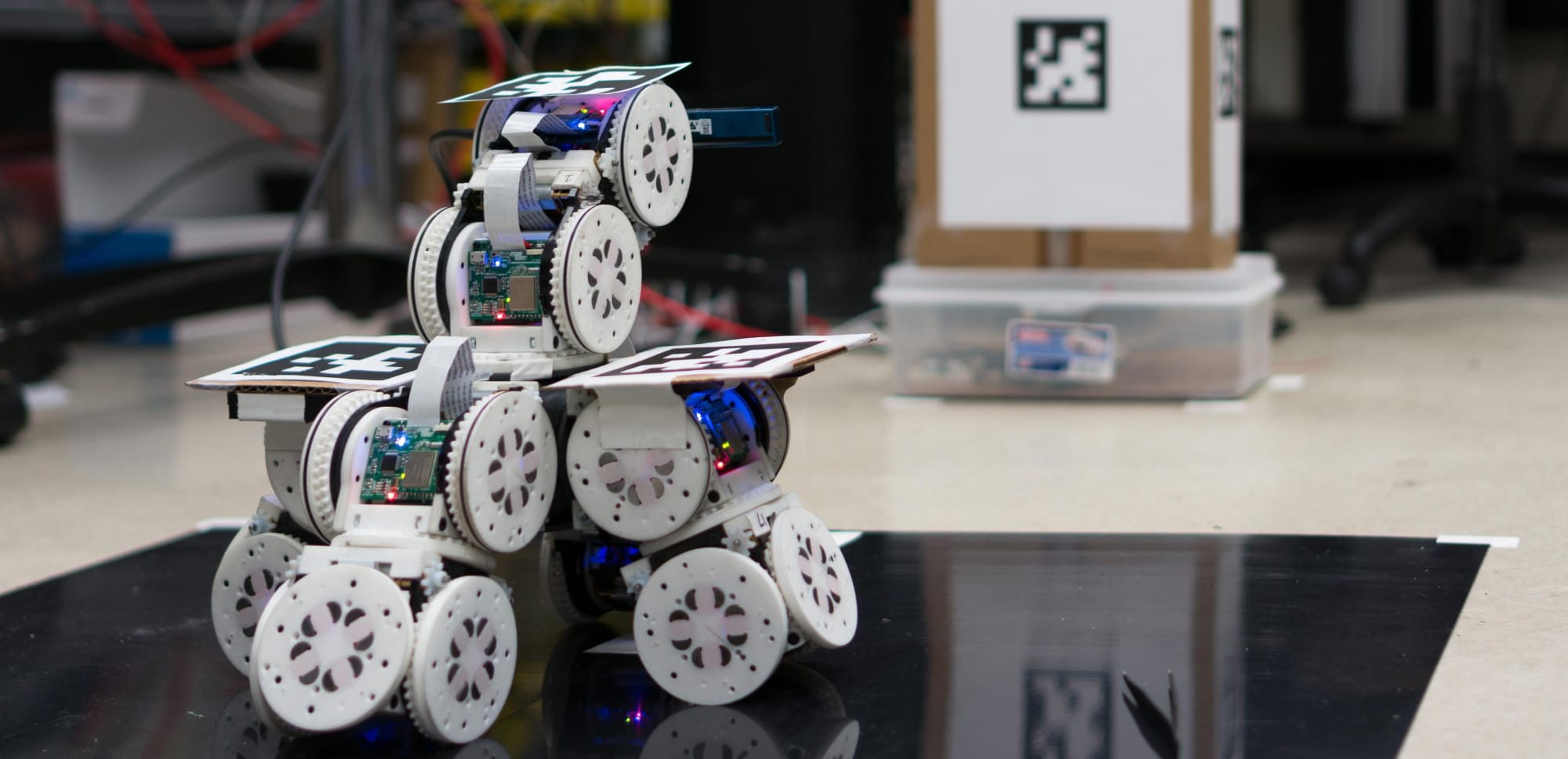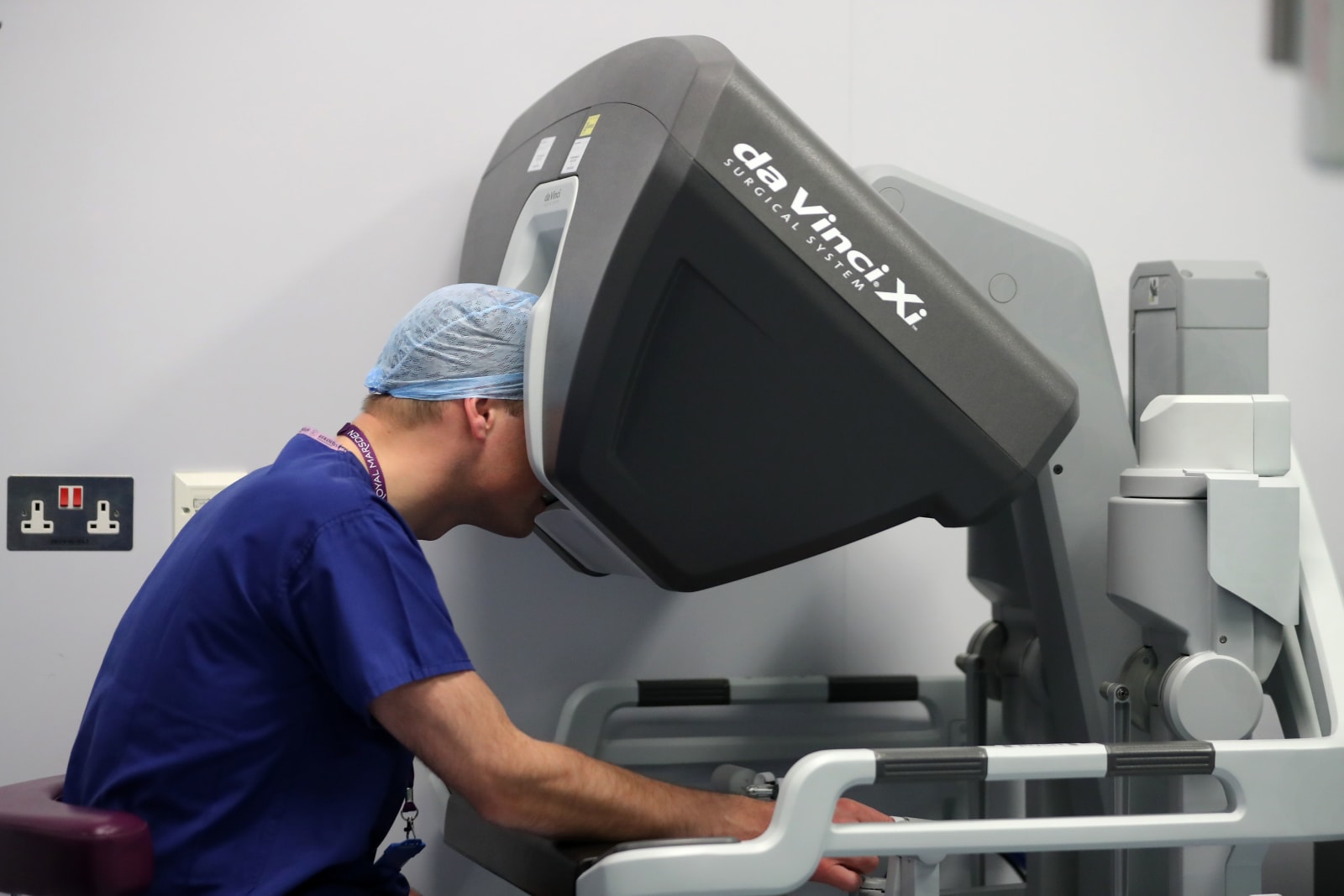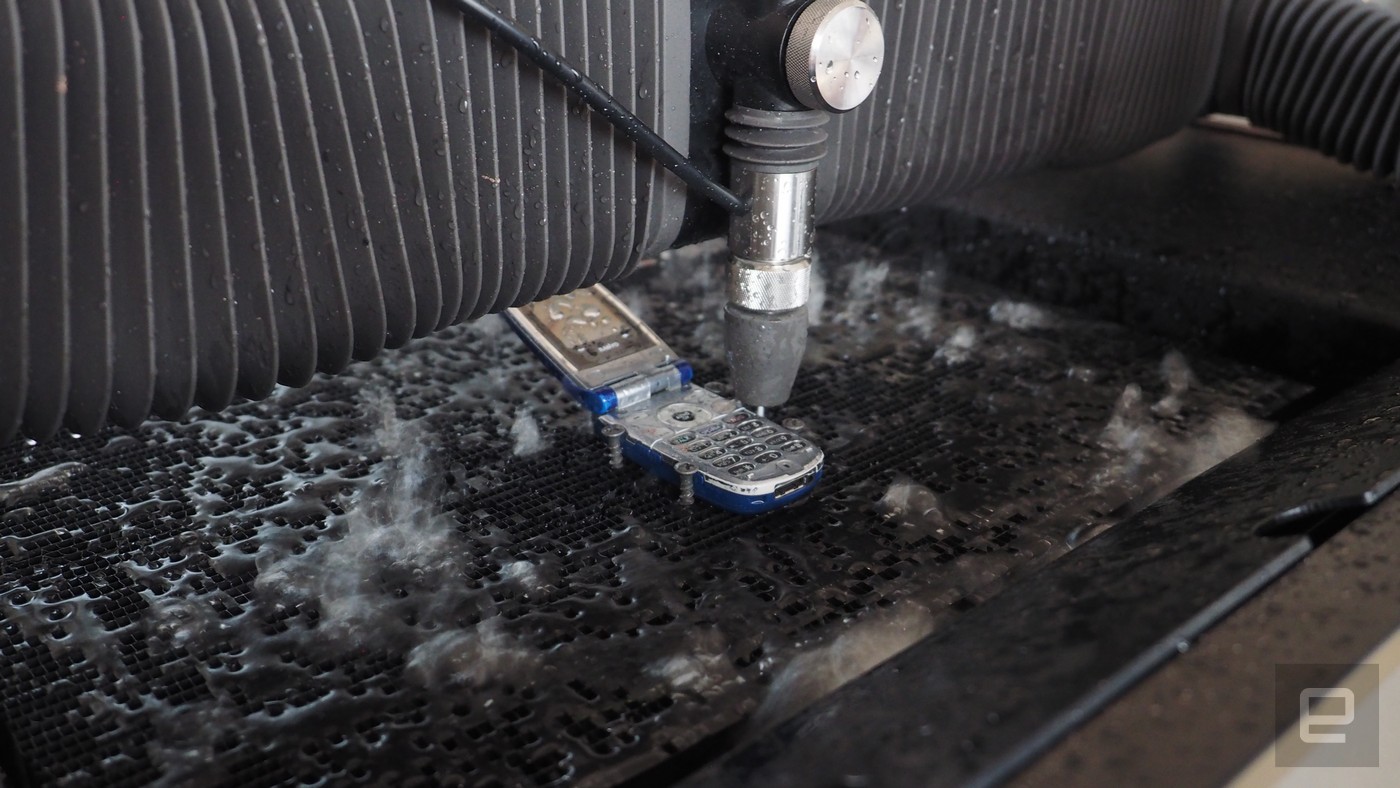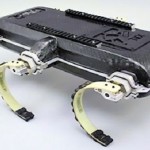
It's no wonder people are interested in exoskeletons. Not only do they tap into our lust for the technology of science fiction movies, but among other applications, can make a significant impact on the lives of those living with disabilities. While many offer leg support, a team from University of Pennsylvania recently took silver in an engineering competition for its TitanArm prototype, a powered upper-body exoskeleton that, as the picture above shows, allows you to out-rep anyone at the gym.
Designed to be lightweight and cheap to produce, the robotic bicep upgrade uses a (mostly) aluminum frame, battery-powered DC motor, cable drive system, racket braking and thumbstick controller for movement, with a BeagleBone board supervising the electronics that pull it all together. The group at UPenn imagines TitanArm could be employed as a lifting aid, but more importantly, in healthcare applications like increasing mobility or physical therapy -- sensors and other data from the exoskeleton could even allow docs to monitor patients remotely. More info on the project can be found at the source link, while a video below shows TitanArm in use and outlines the hardware that makes those heavy hammer curls a cinch.
Filed under: Robots, Wearables, Alt
Comments
Source: TitanArm
 The idea of small robots teaming up to form one giant robot is commonplace in sci-fi shows like Voltron, and researchers are seeking ways to make that a reality. Now, modular robots have just become more intelligent, thanks to a project at ModLab at...
The idea of small robots teaming up to form one giant robot is commonplace in sci-fi shows like Voltron, and researchers are seeking ways to make that a reality. Now, modular robots have just become more intelligent, thanks to a project at ModLab at...
 The idea of small robots teaming up to form one giant robot is commonplace in sci-fi shows like Voltron, and researchers are seeking ways to make that a reality. Now, modular robots have just become more intelligent, thanks to a project at ModLab at...
The idea of small robots teaming up to form one giant robot is commonplace in sci-fi shows like Voltron, and researchers are seeking ways to make that a reality. Now, modular robots have just become more intelligent, thanks to a project at ModLab at...
 Surgical robots are capable of feats that even the most skilled doctors can't manage, and the University of Pennsylvania just offered a textbook example. The school has confirmed that it performed the first-ever robot-assisted spinal surgery, using D...
Surgical robots are capable of feats that even the most skilled doctors can't manage, and the University of Pennsylvania just offered a textbook example. The school has confirmed that it performed the first-ever robot-assisted spinal surgery, using D...
 It was a week of firsts for the tech industry. Facebook finally got around to adding its first African American board member (because it's not like it's already 2018 or anything), a lifeguard drone made its first Hasselhoffian beach rescue, Ferrari a...
It was a week of firsts for the tech industry. Facebook finally got around to adding its first African American board member (because it's not like it's already 2018 or anything), a lifeguard drone made its first Hasselhoffian beach rescue, Ferrari a...
 Today on In Case You Missed It: The US Marine Corps announced its latest Innovation Challenge for robots that can handle dull, dirty or dangerous work autonomously, leaving humans free for more important tasks. Meanwhile the University of Pennsyl...
Today on In Case You Missed It: The US Marine Corps announced its latest Innovation Challenge for robots that can handle dull, dirty or dangerous work autonomously, leaving humans free for more important tasks. Meanwhile the University of Pennsyl...
 You're probably familiar with laser cutters, if only because of indelible images like Sean Connery strapped to a table as a red beam slowly makes its way toward his crotch. But in practical use the fire hazard and intense power draw can keep reliable...
You're probably familiar with laser cutters, if only because of indelible images like Sean Connery strapped to a table as a red beam slowly makes its way toward his crotch. But in practical use the fire hazard and intense power draw can keep reliable...
 To make sure that a robot performs well in harsh environments, engineers have to first test them in urban areas, …
To make sure that a robot performs well in harsh environments, engineers have to first test them in urban areas, …







